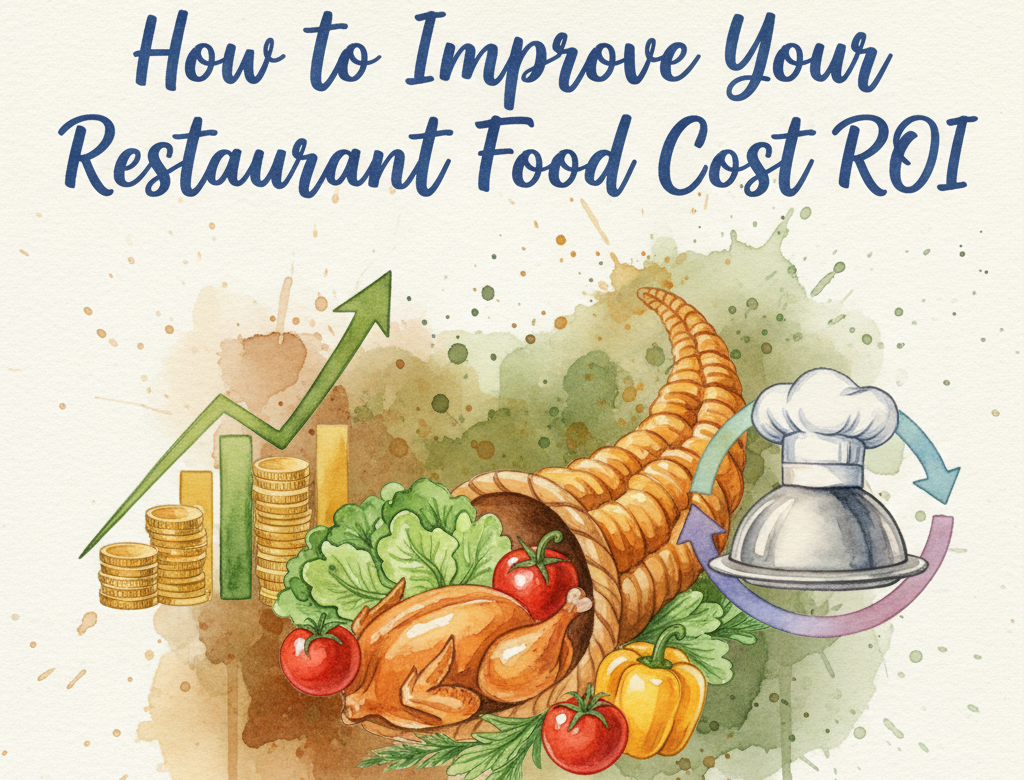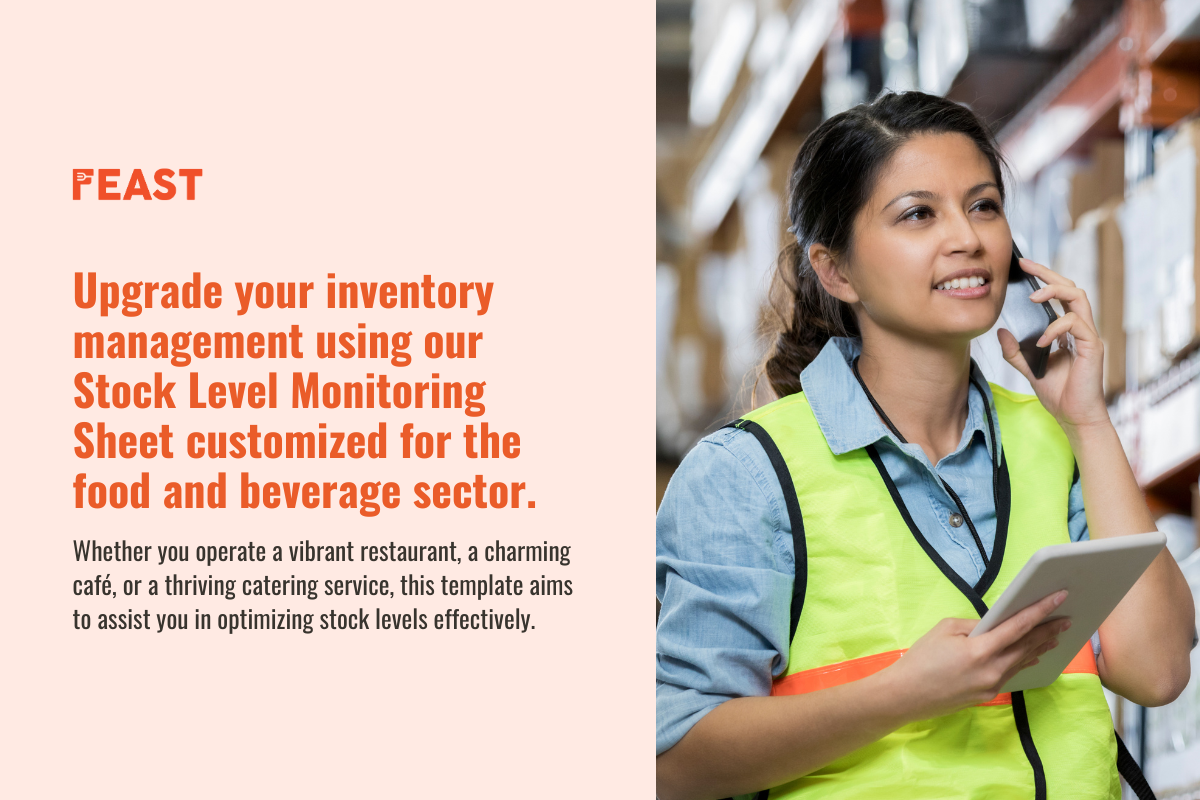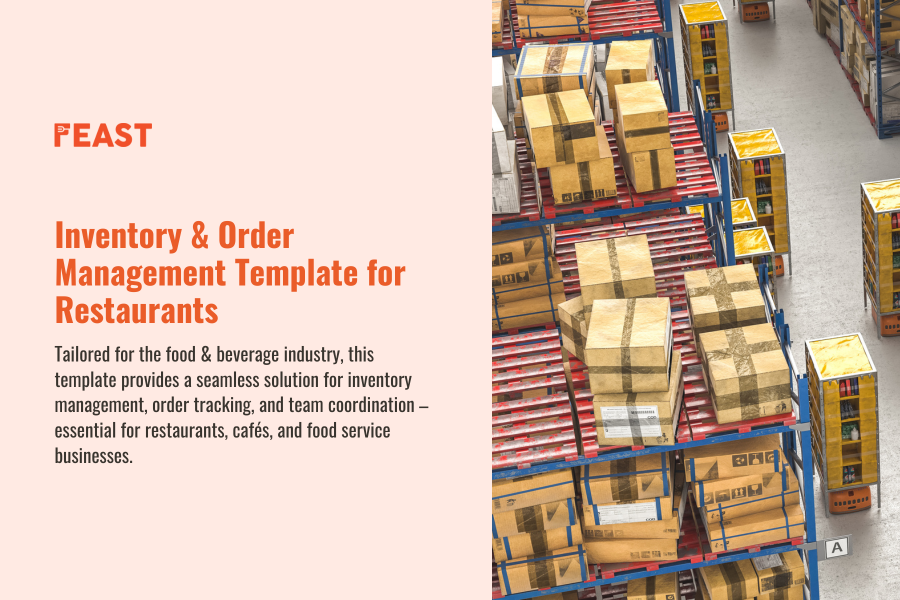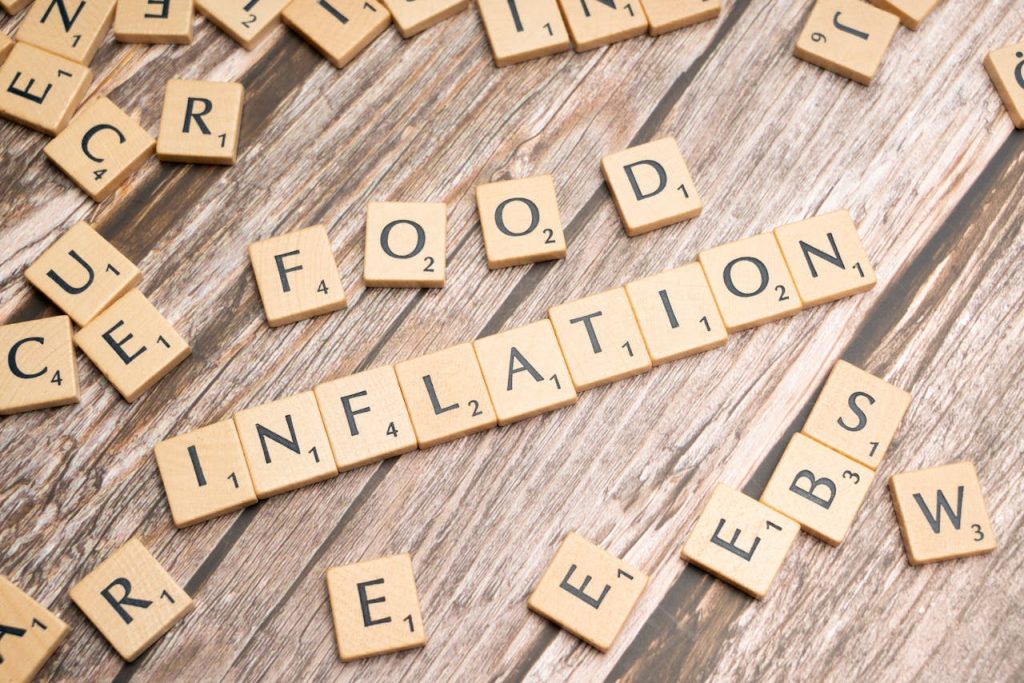Have you ever wondered why some restaurants always seem to make steady profits while others struggle, even when they have similar sales? The answer usually comes down to how well you manage your food costs. You probably know your daily sales numbers, but do you know how much you’re really earning after paying for ingredients? That’s where understanding your food cost return on investment (ROI) comes in. It shows you how efficiently your restaurant turns ingredient costs into profit.
Let’s talk about what it really means, why it’s important, and how you can actually improve it.
What Is Food Cost ROI and Why It Matters
Food cost ROI, or return on investment, tells you how much profit you make from every ringgit you spend on food ingredients. It’s a simple way to see if your pricing and purchasing decisions are paying off. For example, if you spend RM10,000 on ingredients and make RM30,000 from food sales, your ROI is 3:1. That means for every RM1 you spend on food, you earn RM3.
According to a Report, food cost usually takes up around 28% to 35% of total restaurant sales. That’s a big chunk of your expenses. If you don’t monitor it carefully, small price changes in ingredients or portion sizes can quietly eat away your profits. So calculating your food cost ROI isn’t just about crunching numbers. It helps you make better decisions that protect your earnings.
Why You Should Calculate Food Cost ROI Regularly
A lot of restaurants only check their food cost when profits drop. But that’s like checking your car’s oil only when the engine light turns on. You should calculate your food cost ROI every month so you always know how you’re doing. Here’s why.
When you track ROI, you can price your dishes correctly. Without this, you might be underpricing your best sellers or overpricing dishes people rarely order. Knowing your numbers helps you balance things out.
It also helps you spot waste and theft. If your ROI suddenly drops but your sales stay the same, something might be off. Maybe food is going to waste, or ingredients are disappearing. According to a 2024 Food Market Hub Malaysia report, restaurants lose around RM1,200 to RM1,800 every month because of food waste and theft. That’s money straight out of your pocket.
ROI checks also help control portion sizes. If your team serves a bit more than planned, your food cost increases even when sales don’t. Tracking ROI shows you when these small issues start adding up.
And finally, it helps you buy smarter. When you understand your ROI, you can track ingredient prices, plan purchases better, and negotiate better deals with suppliers.
How to Get a Better ROI on Food Cost
Once you know your food cost ROI, the next step is improving it. Even small changes can make a big difference over time.
1. Use Technology to Track Costs
Manually tracking food costs can be tiring and full of errors. It’s much easier with a POS and a procurement management system. For example, Food Market Hub allows you to automatically monitor purchases, menu costs, and inventory. When you know where your money goes, you can fix problems faster and more accurately.
2. Review Menu Performance
Not every dish brings the same return. Some might have higher food costs but lower prices, which drags down your ROI. Look at which dishes sell well and which ones don’t. If something isn’t profitable, either adjust its price or remove it.
A 2023 study showed that restaurants that review menu costs every quarter see up to 20% higher ROI compared to those that don’t. That’s a big boost just from checking your numbers regularly.
3. Control Inventory and Reduce Waste
Better ROI also means cutting down on waste. If you buy too much, the food spoils. If you buy too little, you end up making expensive last-minute purchases. Automated inventory systems can help you order the right quantities and keep your kitchen organized.
4. Train Your Kitchen Team
Your kitchen staff has a big impact on your ROI. Train them to follow recipes and portion sizes strictly. Even small over portions can add up. Teach them to use leftover ingredients smartly. For example, vegetable scraps can be used for soup bases instead of being thrown away.
5. Negotiate with Suppliers
Don’t settle for the first supplier price you get. Build strong relationships with suppliers who are consistent and fair. Sometimes buying in bulk for popular dishes can get you a better rate and improve your food cost ROI. It’s about finding a balance between quality and cost.
6. Adjust Prices When Needed
Ingredient prices change often, especially for items like meat, seafood, or dairy. If your costs go up but your prices stay the same, your profits shrink. Review your menu regularly and adjust prices when necessary. Customers usually understand price changes when the quality stays consistent.






